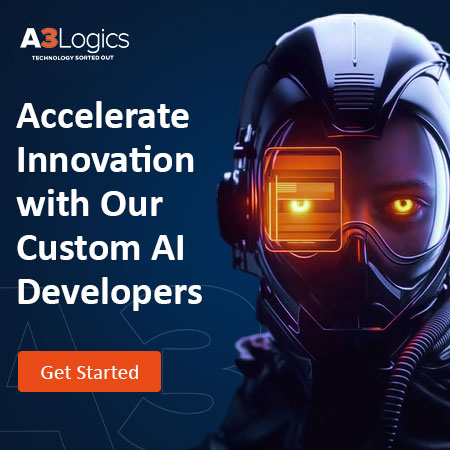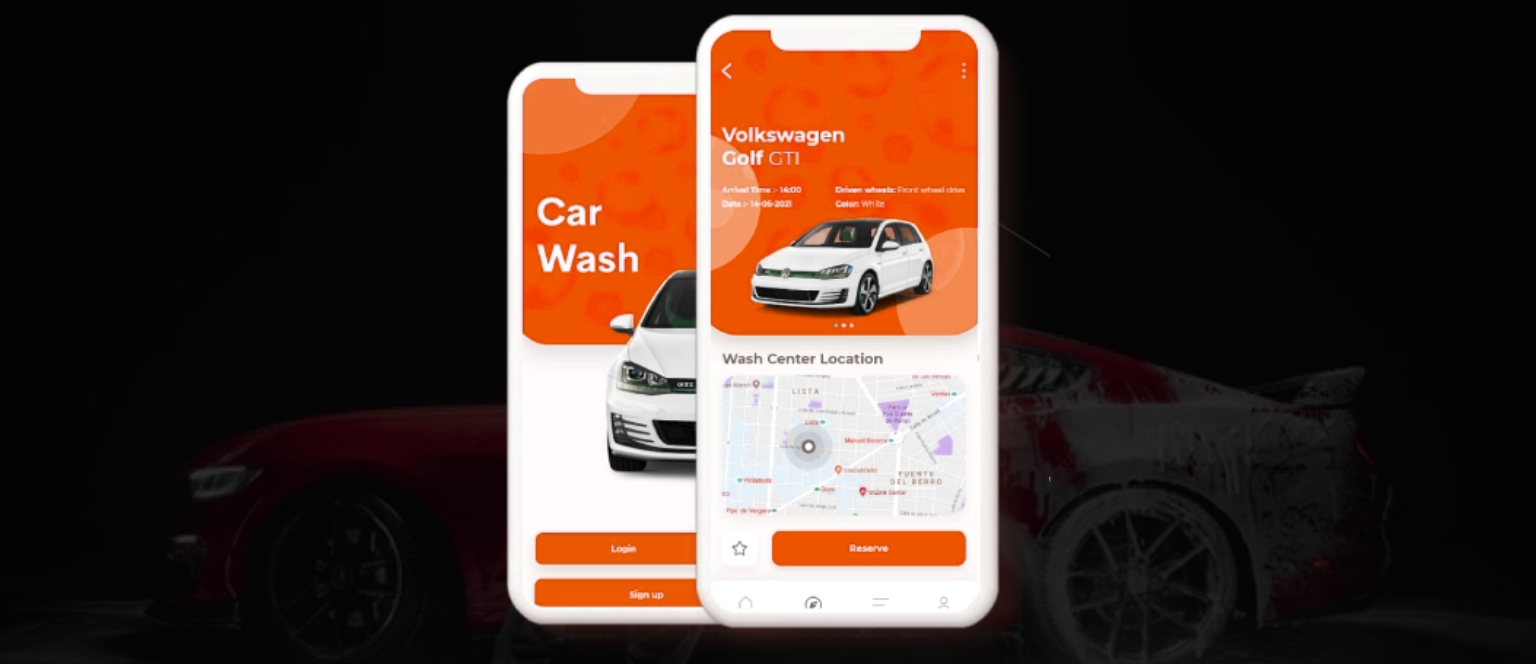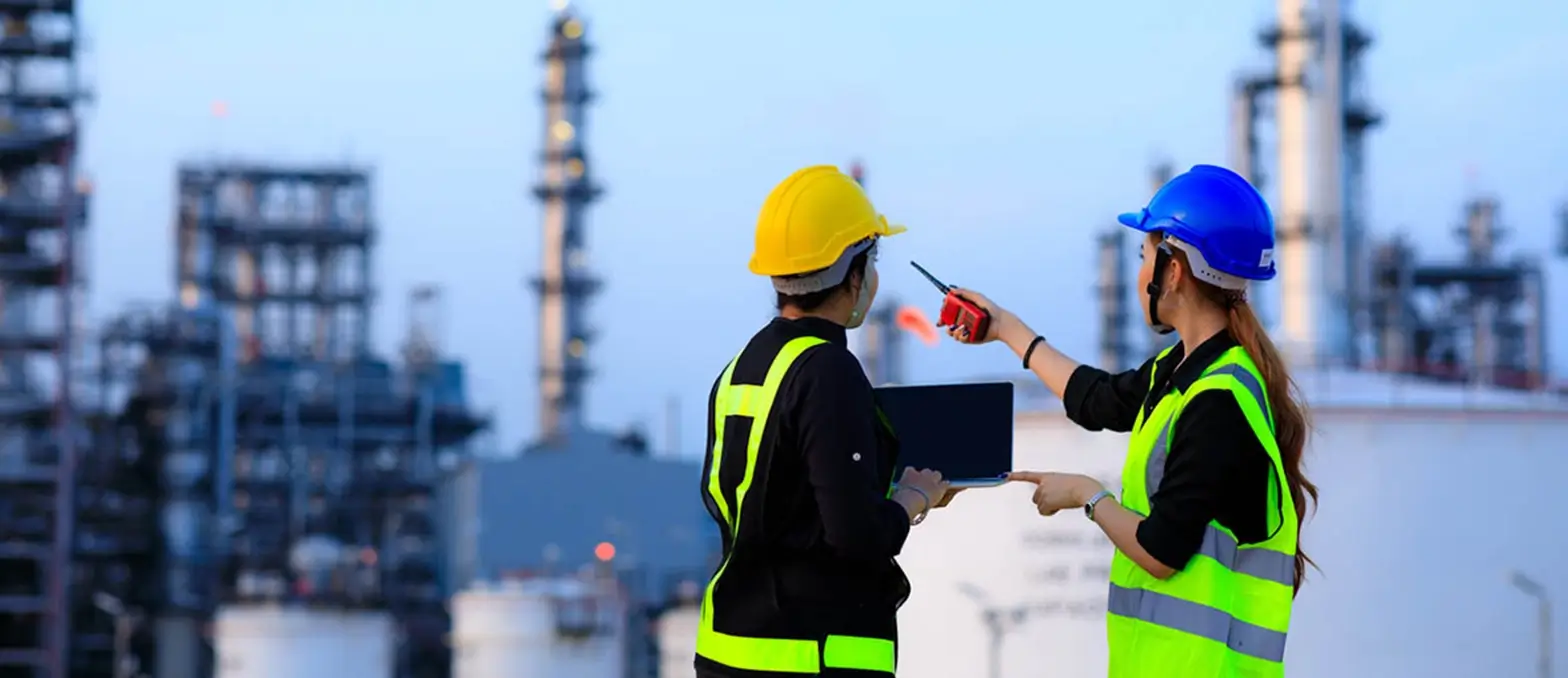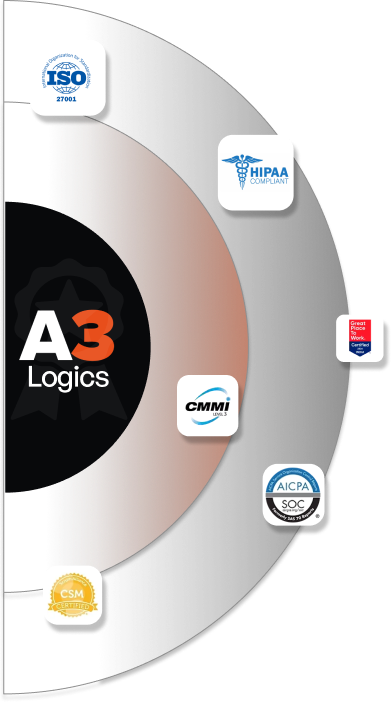Are you thinking about investing in computer vision technology? Businesses around the world are moving with great speed and are looking for ways that can help them get an edge in the market. This is where computer vision technology comes into play.

It is one of the most effective fields of artificial intelligence that uses advanced algorithms and helps computers to understand patterns in terms of images and videos. This will help in the process of decision making and enhance your presence in the market with better acceleration. If you are thinking about how you can make the most out of this computer vision technology and trends in computer vision, then below we have it all covered for you in detail.
Table of Contents
Key Statistics for Computer Vision
- Human accuracy in scene recognition can reach up to 95%, but computer vision systems in comparison can achieve only 80%. (Source)
- The computer vision market is projected to grow from $31.83 billion in 2025 worldwide and it can cross $175.72 billion by 2032. (Source)
How Computer Vision Technology Works
If you are thinking about how computer vision technology works to help your business move ahead with better decision making, then below we have it sorted for you.
> Image Acquisition
Using cameras or sensors, image capture is the initial stage. These tools turn visual data into digital forms that may be examined. The performance of computer vision applications is greatly influenced by the quality and kind of image technology.
> Preprocessing
At this point, raw photos go through preprocessing to improve quality and draw out relevant information. The data is prepared for analysis using methods like scaling, image normalization, and noise reduction. Improving the accuracy of later algorithms depends on this stage.
> Feature Extraction
Feature extraction is the process of finding and extracting significant visual features including edges, forms, or textures. This approach lets the algorithm concentrate on pertinent information required for item detection or categorization.
> Model Training
Models are trained on labeled datasets to identify trends and generate forecasts using machine learning and deep learning methods. A model’s performance on unknown data improves with the diversity and breadth of the training data.
> Decision Making and Output
Ultimately, the examined data is processed by the computer vision system to produce outputs including item identification in a picture or real-time judgments in applications like autonomous driving. Through continuous learning and modification, the accuracy and speed of these outputs are always refined.
Human Vision vs. Computer Vision
Understanding the differences between human vision and computer vision is essential for appreciating the capabilities and limitations of this technology.
Perception and understanding vision is an intricate process that involves not only the perception of light but also contextual understanding. Our brains interpret visual information, considering context, experiences, and emotions. In contrast, computer vision technology primarily relies on algorithms, which may lack the nuanced understanding that humans possess. While it can identify objects with high accuracy, it requires extensive training data to achieve results comparable to human perception. Today, emerging trends in computer vision—such as deep learning, real-time image analysis, edge computing, and self-supervised learning—are rapidly bridging this gap, enhancing machines’ ability to interpret visual data more like humans.
1. Flexibility and Adaptability
Humans can quickly adapt to new visual environments and contexts. For example, we can recognize a familiar face in a crowd or understand visual cues in complex scenes. Computer vision systems, however, can struggle in unfamiliar situations or with variations in lighting and perspective.
Continuous advancements in machine learning are helping to bridge this gap, but adaptability remains a challenge. Notably, studies show that human accuracy in scene recognition can reach up to 95%, whereas computer vision systems may achieve only 80% under similar conditions.
2. Speed and Efficiency
Computer vision technology can process vast amounts of visual data much faster than humans. This efficiency makes it suitable for applications requiring real-time analysis, such as surveillance and automated inspections. However, the technology may falter when faced with ambiguous or complex images, where human intuition would excel.
Benefits and Challenges of Computer Vision Technology
Benefits
The evolution of computer vision technology brings numerous benefits, as well as challenges that need addressing.
1. Automation and Efficiency
Computer vision technology significantly enhances automation by taking over repetitive and time-consuming tasks traditionally performed by humans. This shift not only increases productivity but also minimizes the risk of human error, which can lead to costly mistakes.
Industries such as manufacturing and logistics leverage computer vision to streamline operations, optimize workflows, and improve overall efficiency. For instance, automated quality control systems can inspect products at a speed and accuracy far beyond human capabilities, ensuring higher standards and reducing labor costs.
2. Enhanced Accuracy
Advanced algorithms in computer vision enable precise analysis of visual data, which is especially vital in critical sectors like healthcare. In medical imaging, for example, computer vision systems can detect anomalies such as tumors or fractures with a level of accuracy that supports timely and effective diagnoses.
This high precision reduces the chances of misdiagnosis, ultimately leading to better patient outcomes. The ability to analyze vast quantities of imaging data also allows healthcare professionals to focus more on patient care rather than manual data evaluation.
3. Real-Time Processing
The ability to process images and videos in real time is a game-changer for various applications, particularly in autonomous vehicles and security systems. Real-time processing allows these systems to make immediate decisions based on the visual data they receive, enhancing safety and responsiveness.
For instance, self-driving cars can quickly identify obstacles and navigate complex environments, while security surveillance systems can detect unusual activities instantly, allowing for swift intervention. This capability transforms how industries operate, making them more dynamic and responsive to real-world conditions.
Challenges
I. Data Dependency
The effectiveness of computer vision models heavily relies on the availability of high-quality annotated datasets. Collecting and labeling large datasets is often a resource-intensive task that requires significant time and financial investment.
Inadequate or biased datasets can lead to models that perform poorly in real-world scenarios, limiting their applicability. This dependency on data also poses challenges for organizations that may struggle to gather sufficient data, especially in specialized fields where annotated examples are scarce.
II. Privacy Concerns
The deployment of computer vision technology, particularly in surveillance and facial recognition, raises significant privacy and ethical issues. As these technologies become more pervasive, concerns regarding the potential for invasive monitoring and data misuse grow.
Balancing technological advancement with ethical considerations is crucial to ensure that individuals’ rights are respected. Striking this balance may require stringent regulations and transparency measures to foster public trust while still reaping the benefits of computer vision applications.
III. Interpretability
Many computer vision models, especially those based on deep learning, function as “black boxes,” making it challenging to understand their decision-making processes. This lack of interpretability can hinder trust among users and stakeholders, as it becomes difficult to ascertain how and why certain conclusions are drawn. Enhancing the transparency of these models is essential to foster confidence in automated systems, particularly in high-stakes applications like healthcare or law enforcement, where accountability is paramount.
IV. Bias and Fairness
Computer vision systems can inadvertently perpetuate biases present in their training data. If the datasets used contain biased representations, the models may produce skewed results, affecting outcomes in critical applications such as hiring practices or law enforcement. Addressing bias is essential to ensure fairness and equity in the deployment of computer vision technologies.
V. Scalability Issues
As organizations seek to implement computer vision solutions, they often encounter scalability challenges. Models that perform well in controlled environments may struggle when deployed at scale due to variations in lighting, angles, or object types. Ensuring that systems can adapt to diverse conditions without significant performance degradation remains a critical challenge for developers.
VI. High Computational Requirements
Many advanced computer vision algorithms require substantial computational resources, including powerful GPUs and extensive memory. This need can limit accessibility, particularly for smaller organizations or those in developing regions. Reducing the computational burden while maintaining accuracy is an ongoing area of research and development in the field.
Trends in Computer Vision to Expect in 2025
As technology continues to advance, the latest trends in computer vision are anticipated for 2025.
1. AI Enhanced Vision Models
AI-enhanced vision models will leverage generative AI techniques to create more sophisticated algorithms capable of understanding and interpreting complex visual data. This development will improve accuracy and efficiency across various applications, from healthcare diagnostics to autonomous navigation.
2. Edge Computing
Edge computing combined with computer vision technologies will allow real-time data processing nearer to the source. This will improve applications of IoT in smart cities and IoT devices by reducing latency and bandwidth consumption, hence enabling quicker decision-making and better user experiences.
3. 3D Computer Vision
3D computer vision will become more important as it helps robots to better grasp spatial relationships and environments. Applications in robotics, virtual reality, and augmented reality all depend on this capacity since it improves user engagement and experience.
4. Computer Vision in Healthcare
Applications of computer vision for medical imaging, diagnostics, and patient monitoring will be more and more used in the healthcare industry. High-precision image analysis will result in better patient outcomes and more effective healthcare delivery systems.
5. Computer Vision in Robotics
Robotics will benefit from advancements in computer vision technology, enabling machines to navigate and interact with their environments more effectively. Enhanced object recognition and depth perception will improve the functionality of robots in various industries, including manufacturing and logistics.
6. Computer Vision in Education
Educational tools will increasingly incorporate computer vision technology to facilitate personalized learning experiences. Applications such as real-time feedback on student performance and interactive learning environments will enhance educational outcomes.
7. Ethical Computer Vision
As the use of computer vision technology expands, ethical considerations will become paramount. Generative AI development company experts will need to address privacy concerns and ensure that their systems are designed to minimize bias and promote fairness.
8. Advancements in Object Detection and Tracking
Object detection and tracking technologies will continue to evolve, enabling more accurate identification and monitoring of objects in dynamic environments. This trend will enhance applications in security, retail, and transportation, improving operational efficiency and safety.
Final Thoughts
Hopefully you are clear about how computer vision technology is going to assist your business and help them make better decisions. It is because of these trends in computer vision the demand for the respective technology is going to be high. The best part is that every single sector is going to benefit from it. If you are in need of assistance to make the most out of it, then you can always consider connecting with the Computer vision development company experts at A3Logics.
The professionals in our team will help you overcome all the challenges related to it and make it easy for you to move ahead with proper decision-making.







